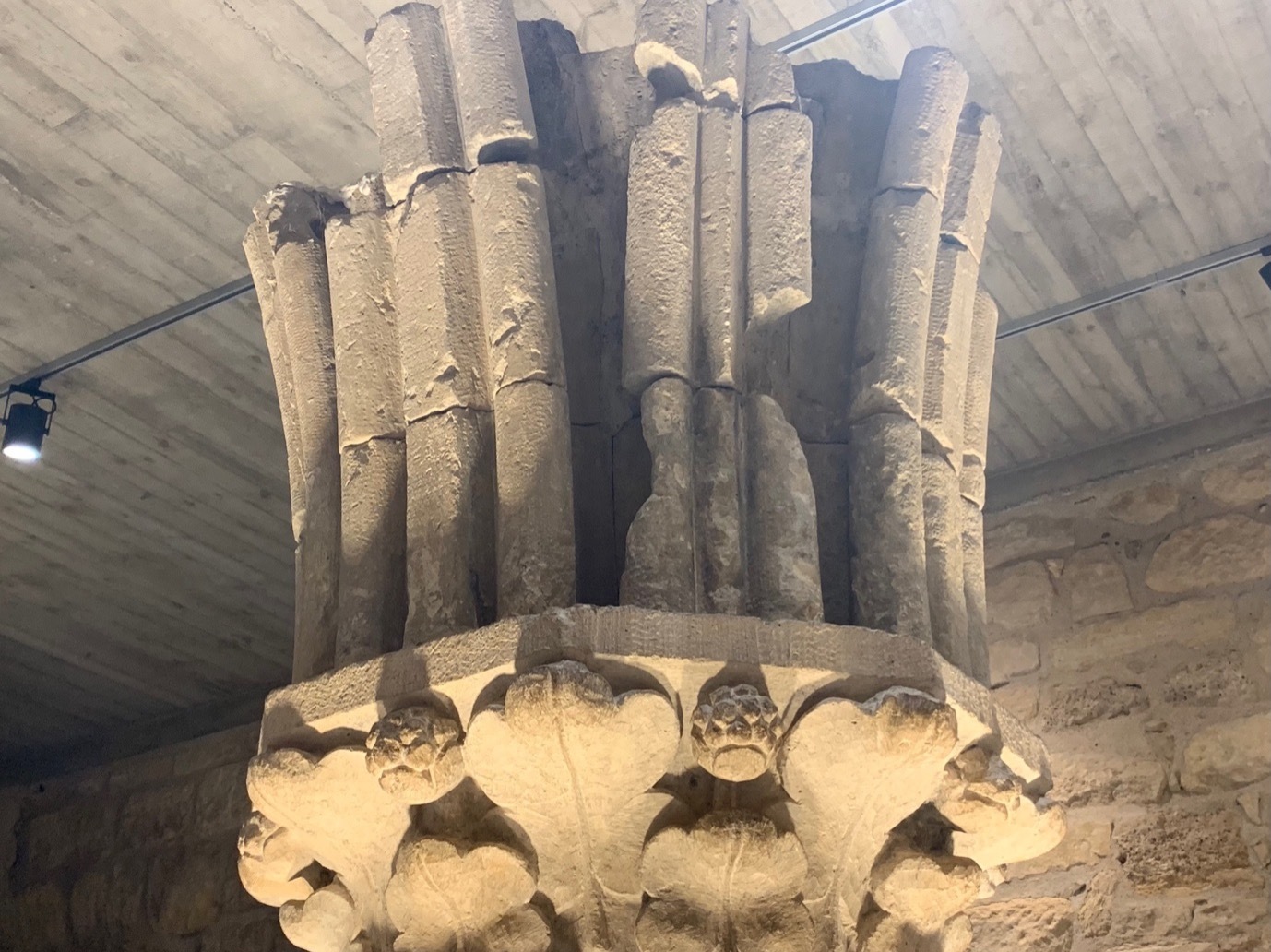

The Underside of the Museum
My Louvre by Antoine Compagnon

The Underside of the Museum
The Louvre is a museum. But it is also a palace whose history, since the Middle Ages, has been complicated. Every room has its past, or its pasts. The layers overlap each other; the transformations have been incessant, never finished. At the far end of the Salles Saint-Louis, one finds all that is left of the thirteenth-century Louvre—a low room supported by thick pillars with finely-worked capitals (Sully, rooms 136-137). It was in those days that Philip II’s fortress was first transformed into a royal residence. I discovered this medieval Louvre with astonishment as an adult, after it was unveiled during the renovations for the Grand Louvre. I remember my first visit: those incredible moats, that dungeon under the Cour Carrée. I couldn’t believe it, and each time I come down here I feel the same astonishment. But what is also admirable is the huge concrete slab that rests on this treasure—and allows us to enter into it.